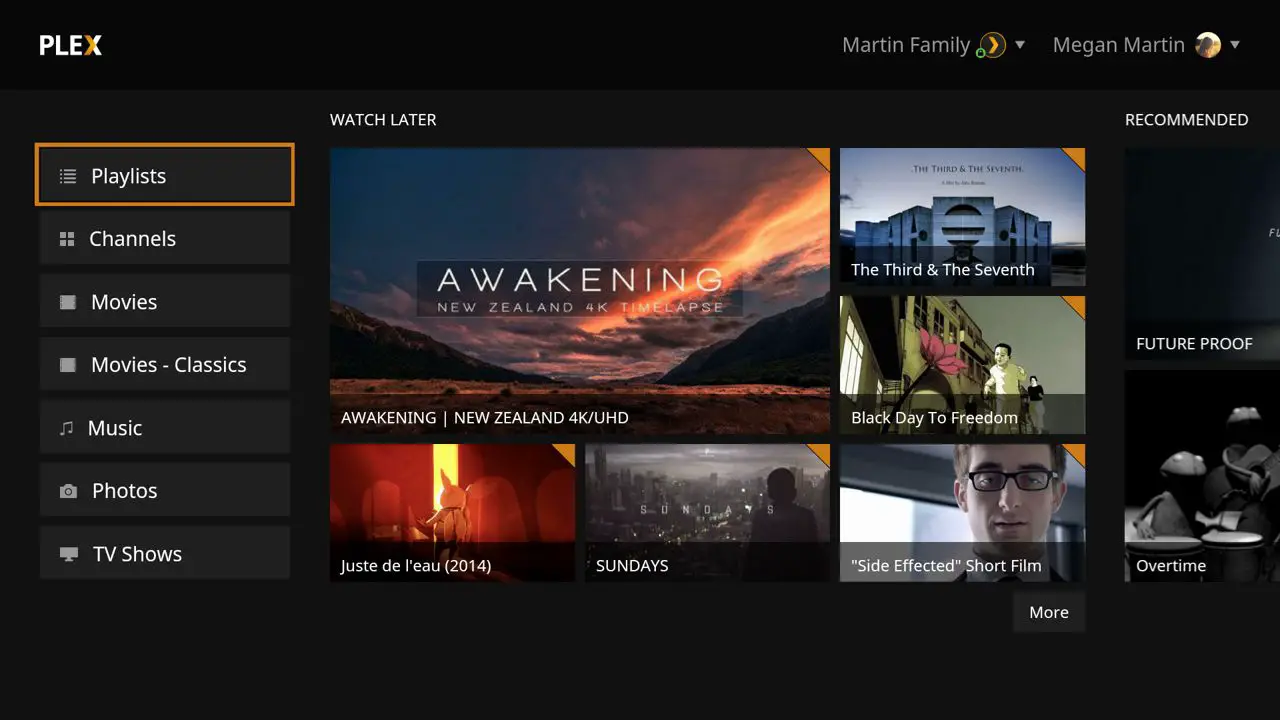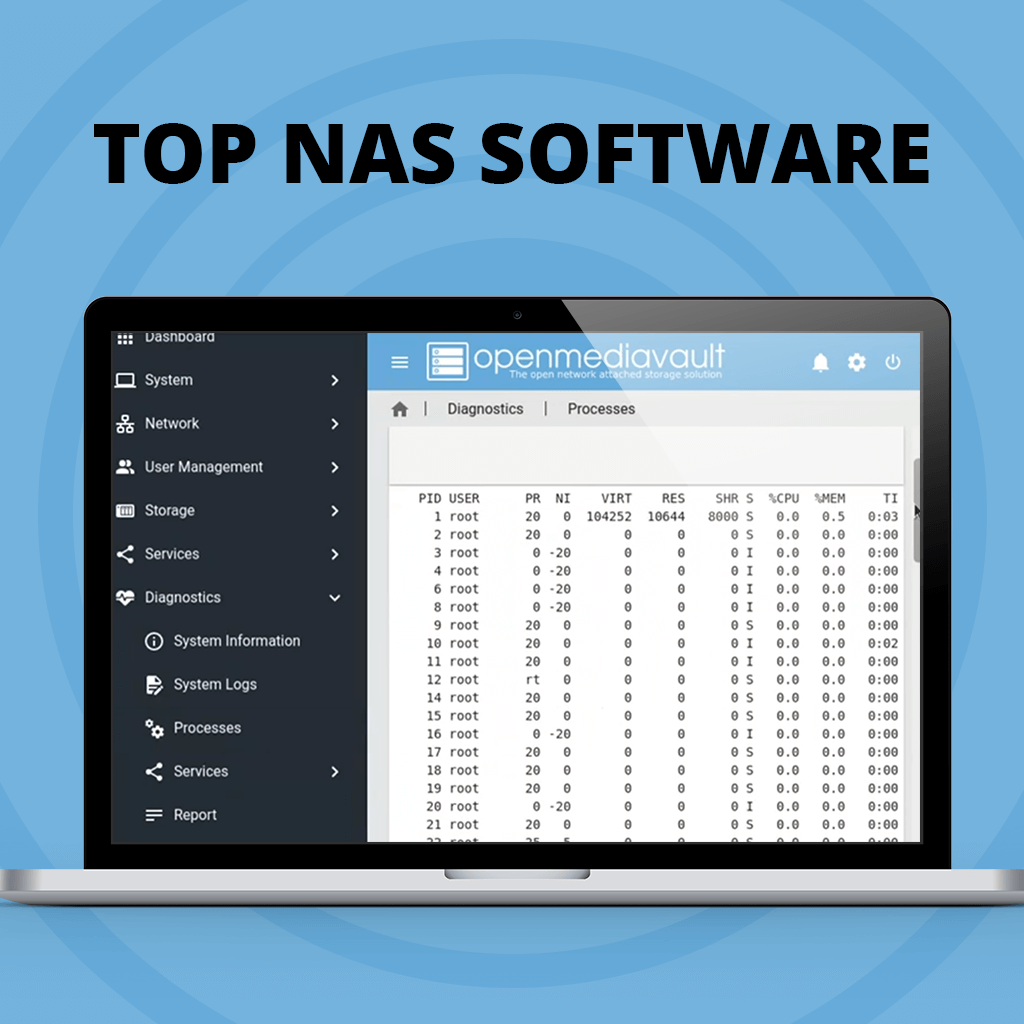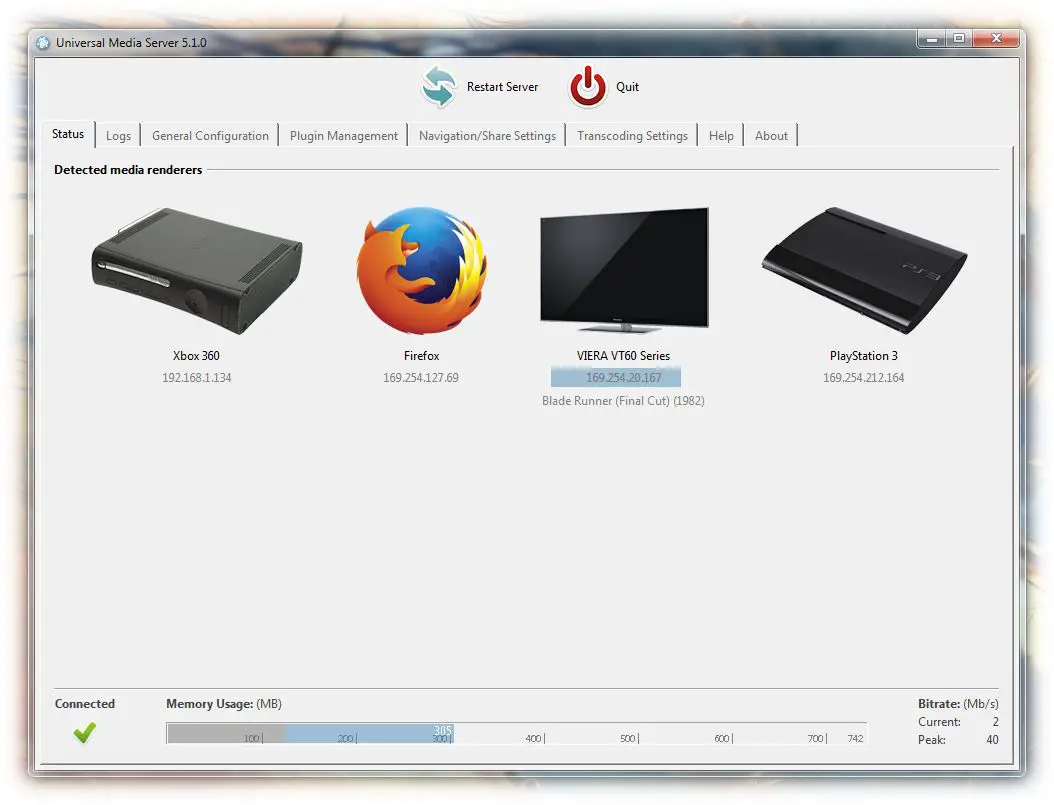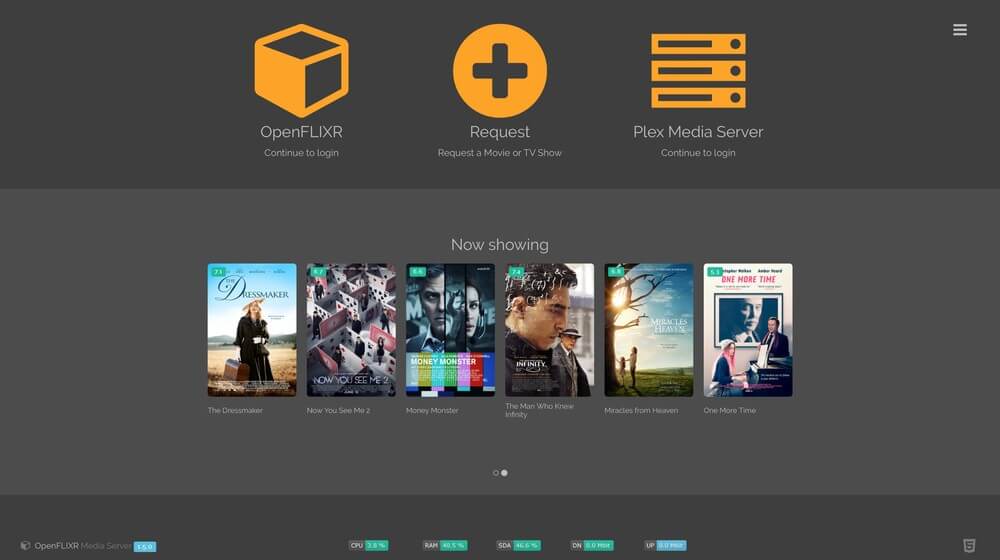

You want things to be as easy and standard as possible to support once they are in product - for the very reason that you mention. Not impossible, but you don't want more skills needed later and less up front, you want the opposite.

If you think getting support for CentOS and Samba is hard, getting support for repairing an unknown modification of Debian that was not documented or setup in a standard way is that much harder.

Not worth the time unless you have a large deploymentīecause it gets you up and running in production with one set of knowledge and needs a different set of knowledge to support going forward. Sure, you can setup something like Chef of Puppet to automate the config, but these tools take ALOT of work to get setup properly and to maintain.
#Best os for nas media server install
It is much more time consuming and arduous to document an infra with a bunch of minimal centos machines than it is tools like OpenMediaVault.īesides, how quickly can one of you guys setup a Samba 4 deployment that will talk to a Windows AD DC from a minimal Linux install? I'd wager I can install OMV 5-10 times in the time it would take even an experienced admin to setup Samba 4 from scratch to communicate with an AD DC. This is really about supportability and ease in maintenance. Another way of looking at it.what problem are we solving by *not* using a mainstream Linux distro to do this? Not trying to argue, just trying to quantify the reasons.ĭebian isn't mainstream Linux? OMV is really just a minimal Debian install with some added packages for the UI and utilities it uses under the hood. It is VERY lightweight and sits on top of Debian, which is a distro used under the hood by many appliance NASs. I wouldn't knock OMV before you give it a shot. Or, I can install a Centos minimal install and mount it.

If OMV takes a nosedive, it takes next to no time to re-install a fresh VM and attach the EXT4 disk. Most of the IT for hire services in my areas are all windows people and look at you like you are talking to them in a foreign language when you even mention Linux.īesides, how is a thin distro like OpenMediaVault making things harder? I just created a OMV VM and then handed it an EXT4 virtual disk for the data. With this tool you can watch videos, photos, listen to music, or share them on your devices like TV, Xbox, etc.I'm curious, why use anything other than a plain Linux distro and put some NFS or SAMBA shares on it? Why add the complexity of a specialized front end, that when fails will likely do little more than make recovery even harder?īecause it is not easy to find someone who can SSH into a Centos minimal install box and figure out how to operate NFS and Samba from the console.
#Best os for nas media server software
List Of Best Free NAS Software For Windowsįirefly Media Server is an open-source audio media server for the Roku SoundBridge and iTunes that uses the Roku Server Protocol (RSP) and Digital Audio Access Protocol (DAAP) to serve the media files.ĪLLMediaServer is a very easy-to-use Media Server. Amahi has a feature like a reliable backup system, disk pooling, file-sharing and also supports file system protocols like ext4 and XFS. Rockstor NAS is the first Linux BTRFS NAS software appliance.Īmahi is a home-based headless Linux media server. Rockstor is a traditional NAS Server that allows you to access centralized storage over the network (NAS). It is one of the best-developed NAS software for Linux users. It supports a large collection of file-based storage networking protocols like CIFS and NFS. Openfiler is a file-based Network Attached Storage having the feature of block-based Storage Area Networking functionality. openmediavault contains services like SSH, (S)FTP, DAAP media server, SMB/CIFS, RSync, BitTorrent client is based on Debian Linux. Openmediavault is the next generation network-attached storage (NAS) solution. FreeNAS is now rebranded as TrueNAS core. FreeNAS is based on the FreeBSD operating system. FreeNAS is one of the most popular free and open-source NAS Software.


 0 kommentar(er)
0 kommentar(er)
